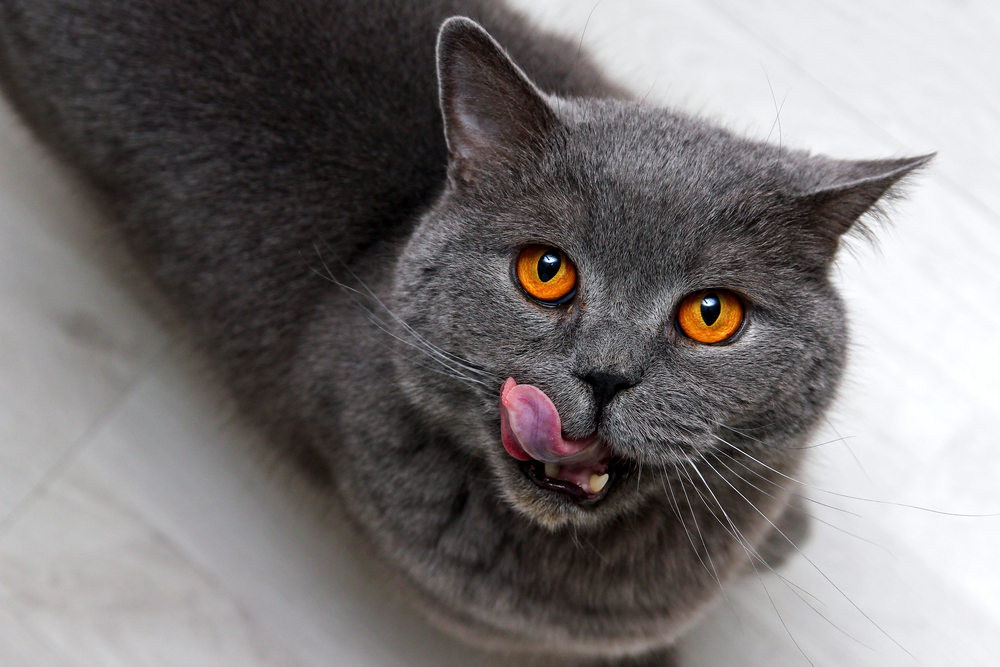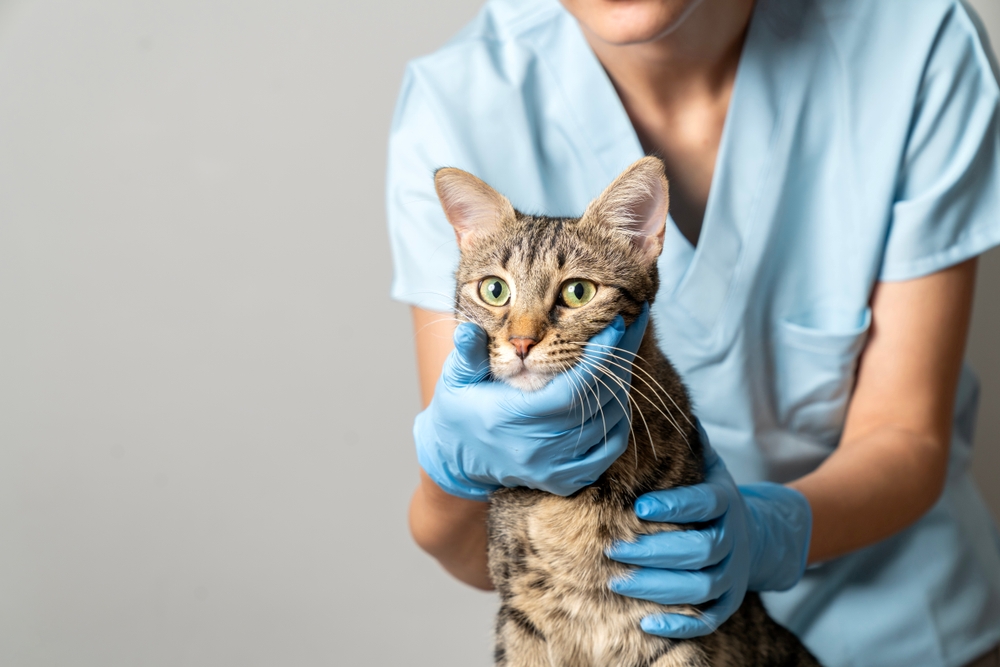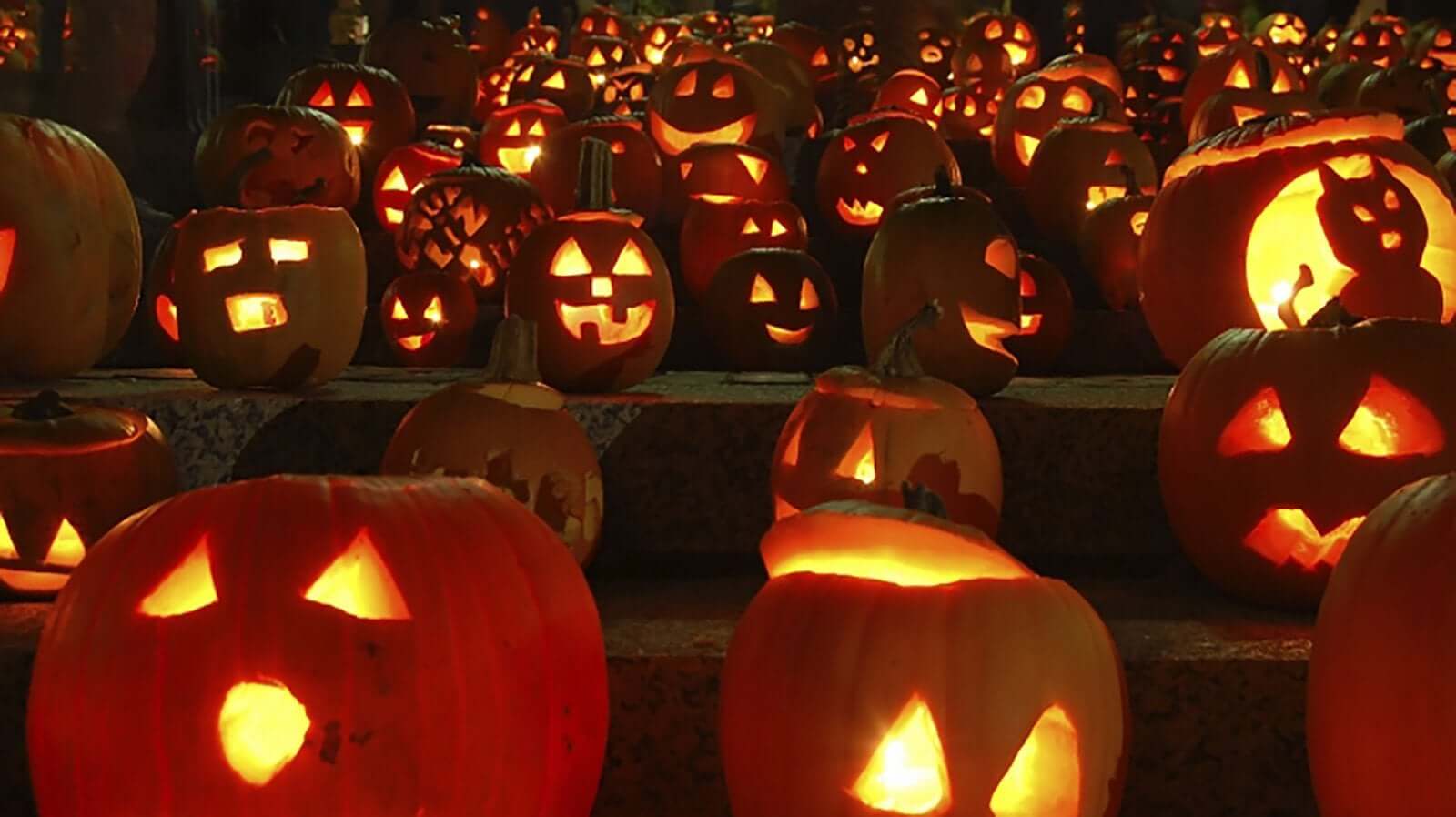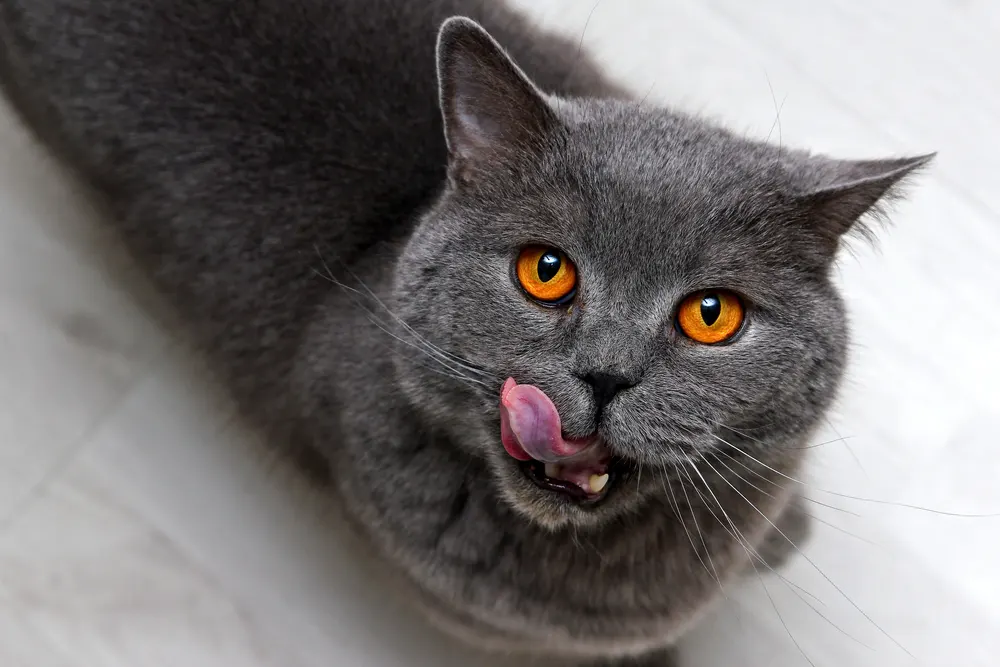
7 Essential Ingredients To Look For In Weight Loss Pet Food
November 19th 2020
If your dog or cat needs to lose a little weight, it can be difficult to know where to start. The theory is simple, eat less and burn more calories. But in reality, this can be more difficult; getting an elderly dog or a stubborn cat to exercise may be challenging! In addition, sometimes offering less and less food can cause some pets to develop behavioural issues, things they’ve never done before – raiding bins, stealing food – all due to hunger.
So how can we stop our pets becoming overweight or help them slim down?
Protein
Several studies have shown that increasing the amount of protein in a diet, often at the same time as reducing the level of carbohydrate can have beneficial effects on weight loss. Protein helps dogs and cats (and humans) to feel fuller and more satisfied. However, it also has other benefits.
–
Protein has a much higher ‘thermic effect’ than fat or carbohydrate. A thermic effect is the number of calories burnt after eating. In simple terms it means that the body uses more energy (and therefore calories) to digest and absorb protein than it does to digest fat or carbohydrate.
–
Fibre
Complex carbohydrates, such as whole grain oats, brown rice or potato usually provide a good source of fibre, although fibre can also be provided by other plant sources including vegetables. Fibre can be an important nutrient for weight loss and as such the fibre level is usually increased in light or weight control diets.
–
Like protein, fibre – particularly the soluble type can provide a heightened feeling of fullness whereas insoluble fibre is poorly digestible, which means the overall diet will have a lower calorie density. The downside is that it can cause your pet to produce larger stools and it may cause gastrointestinal upset (loose stools) in some pets.
–
Cats can find higher fibre foods less palatable and therefore higher fibre foods may help decrease their food intake. This may sound beneficial, but it could cause some cats to search elsewhere for food, increasing unwanted behaviour such as hunting, stealing food or visiting neighbours.
–
Water
As well as increasing the fibre level, it is thought that some pets respond well to diets that have a higher water content as this helps to make them feel satisfied (due to the extra weight of water in the stomach). Wet food is generally more expensive because you have to feed more of it, however the water content means that the food has a lower calorie density than dry food.
–
An alternative to wet food for some owners might be adding water to dry food but it will depend on the individual dog or cat whether they find the food palatable enough this way.
Fats
Cats and dogs can get calories from proteins, fats and carbohydrates. However, the largest number of calories per gram of food comes from fat. It therefore makes sense to look for a lower fat diet when trying to help your pet stay slim or lose weight. However not all low-fat diets are low in calorie, so it is important to look at the fat level as part of the bigger picture, not as the most important factor.
Not all fats are bad either and some fat in the diet is essential for multiple functions including being required for the absorption of certain vitamins. Fatty acids that come from fats are also essential. The ones most people have heard of are omega 6 fatty acids and omega 3 fatty acids. Omega 3 fatty acids are currently most commonly used for pets with joint problems due to their anti-inflammatory effects, however research is now focusing on their properties with regards to weight management in pets.
–
It is thought, like protein that omega 3 fatty acids (most commonly sourced from fish oil) have a thermic effect and therefore aid fat burning. So far, one study from 2004 has shown that the addition of omega 3 fatty acids to a calorie restricted diet has positive results on weight reduction in dogs, however more research is needed before the benefits of omega 3 for weight loss can be confirmed.
–
L-Carnitine
L-Carnitine is the bioavailable form (ready to use by the body) of the amino acid carnitine. L-Carnitine helps to transport fats to cell structures called mitochondria where the fat is metabolised into energy. Several studies in dogs and cats show that diets supplemented with L-Carnitine can increase the rate of weight loss and amount of weight lost when compared with similar low-fat diets that are not supplemented with L-Carnitine.
–
Several studies have shown that increasing the amount of protein in a diet, often at the same time as reducing the level of carbohydrate can have beneficial effects on weight loss.
–
Green Tea Extract
For several years, Green tea extract has been increasingly used in pet foods and supplements as an antioxidant. However, more recent research has focussed on one of its active ingredients called Epigallocatechin gallate and its potential to aid weight loss in dogs and cats. Unfortunately, whilst it does look like it may have useful properties in this area, some studies have shown that in certain circumstances it can be extremely toxic to dogs.
–
The toxicity can occur at only 16 times the recommended dose for weight loss, with the most severe toxic reactions seen in dogs which were fasted before ingesting the green tea extract. Therefore, it is recommended that the extract is only ever given with food and the dosage is strictly adhered to.
–
Other Nutraceuticals
There are several other active ingredients that are being studied with regards to weight loss in pets. These include Alpha-lipoic acid, betaine, amylase inhibitors (plant extracts from beans), Chromium, Vitamin A and dietary phytoestrogens (plant derived compounds). However, the results are currently inconclusive to whether they are of benefit for weight loss, but it is an exciting area for development.
–
And finally…portion control
Treats, titbits, table scraps, dental chews and even that little bit of peanut butter or cheese you wrap a tablet can all contain additional calories on top of the energy that their actual pet food provides. For example, a teaspoon of peanut butter contains over 12% of the daily calories that a 5Kg dog requires! There is usually no need to cut all these things out of your pet’s diet in order to help them lose weight, however any extra sources of calories will need to be included in the daily number of calories your dog or cat requires.
–
To help your pet slim down, you will need to feed the amount of calories required for their target weight, not their current weight. Your vet or vet nurse should be able to help you with this, but we also have our online calorie calculator to help you work this out at home.

 Shop Dog
Shop Dog
 Shop Cat
Shop Cat
 Vet Know-how
Vet Know-how Contact
Contact


